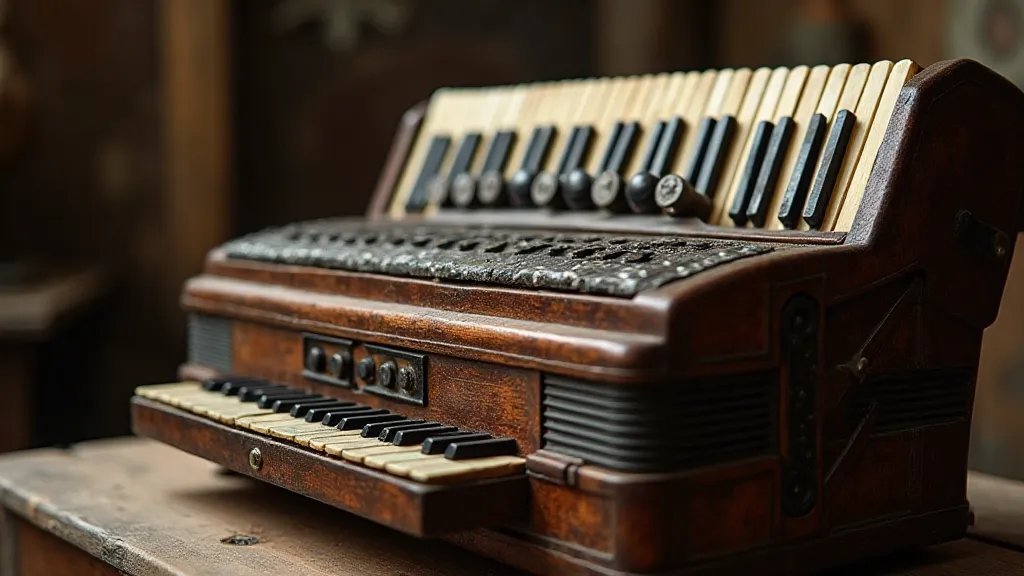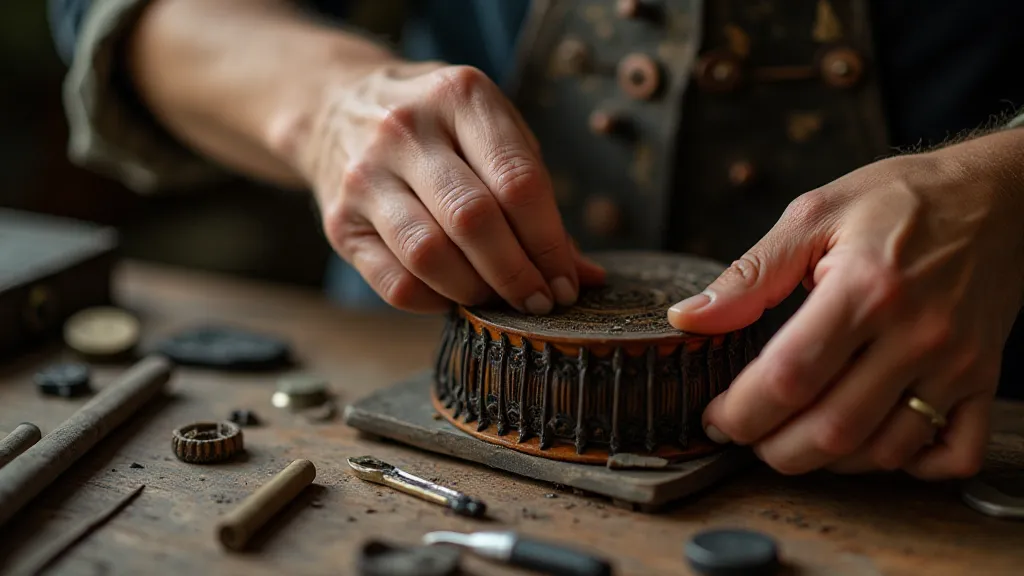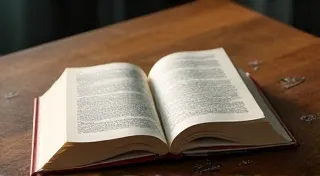The Gardener of Unsent Letters: Cultivating Empathy Through Character
The scent of aged wood and leather always transports me. It's not the aroma of a library, though there’s a familiarity to it. It’s the smell of an antique accordion – a relic whispering stories of lives lived, loves lost, and melodies forgotten. Holding one, feeling the weight of the bellows in my hands, I’m not just touching an instrument; I’m connecting with a history, with a lineage of human experience.
My grandfather, a quiet, reserved man, possessed a small collection of these accordions. He rarely played them, but they occupied a special corner of his workshop, shrouded in a patina of dust and memory. As a child, I’d sit amongst them, captivated by the intricate mechanics, the mother-of-pearl keys gleaming like captured moonlight. He’s long gone now, but the memory of those afternoons, the hushed reverence with which he regarded his accordions, remains vividly clear. They weren’t just objects; they were vessels, holding something precious, something fragile.

The Craftsmanship of Connection
The sheer craftsmanship involved in building an accordion is astounding. Before mass production, each instrument was a labor of love, meticulously assembled by skilled artisans. Consider the reed blocks, tiny chambers containing hundreds of carefully tuned metal reeds, each vibrating to produce a specific note. Think of the intricate leather bellows, expertly stitched and treated to withstand years of constant expansion and contraction. The keys, often inlaid with mother-of-pearl, a shimmering testament to the artisan’s dedication. It’s a process that demanded patience, precision, and a deep understanding of acoustics and mechanics.
Accordions have a long and varied history. They evolved from earlier free-reed instruments like the Chinese *sheng*, finding their way to Europe in the 19th century. Initially considered a folk instrument, they gained popularity in a wide range of musical styles, from Parisian street music to polka bands in America. They’re frequently associated with migration and adaptation – the instrument carried by immigrants, weaving a tapestry of sound that blended old traditions with new landscapes.
My grandfather’s collection wasn’t extensive, but it represented a cross-section of this history – a Hohner from the 1920s, a beautifully ornate Italian accordion with hand-painted details, and a more utilitarian model that likely saw years of use in a traveling circus.
Characters as Instruments: Finding Vulnerability
And that’s what sparked the connection for me – the realization that developing believable characters is similar to caring for these instruments. You can’t simply assemble them; you must understand their inner workings, appreciate their history, and be prepared to mend their imperfections. Just as an accordion’s sound is determined by the quality of its reeds and the integrity of its bellows, a character’s actions are shaped by their internal landscape – their motivations, their fears, and their vulnerabilities.
Too often, characters are presented as archetypes – the brave hero, the villainous schemer, the damsel in distress. But these are merely surface sketches. To create truly compelling figures, we need to delve deeper, to excavate the layers of experience that have shaped their personalities. What were their childhood traumas? What are their deepest regrets? What are they desperately trying to hide, even from themselves?
Think about a character who, on the surface, appears to be cold and detached. Perhaps they build walls around themselves to protect themselves from further hurt. But what if we explore the origins of that detachment? What if we discover a past heartbreak that led them to believe that vulnerability is a weakness? This exploration, this unearthing of unspoken truths, is a delicate art – a process akin to understanding the subtle shifts in pitch that resonate from an aging instrument. It’s about recognizing that the most profound stories are often hidden within the silences, the moments where characters are resisting the urge to reveal themselves. It’s a skill that touches upon the art of listening for chromatic silence – the power of unspoken words in narrative.

The Unsent Letters of Motivation
Consider the concept of “unsent letters” – those words left unsaid, those feelings left unexpressed. These unsent letters often hold the key to understanding a character’s motivations. What words did they long to say to a lost loved one? What apologies did they fail to offer? These unspoken truths simmer beneath the surface, influencing their decisions and coloring their interactions with others.
Vulnerability, the very thing that makes us uncomfortable to expose, is the bedrock of empathy. It's in those moments of weakness, of doubt, of fear, that we truly connect with others. It's when a character allows themselves to be seen, flaws and all, that they become human, relatable, unforgettable.
Developing a character's vulnerabilities isn’t about creating a caricature of suffering. It’s about understanding that everyone carries burdens, everyone has scars. It’s about acknowledging the complexity of the human experience and resisting the temptation to simplify it into neat, predictable narratives. Sometimes, these narratives rely on a rigid understanding of time and causality, forcing characters into roles they don't naturally inhabit. But a truly skilled writer understands how to manipulate temporal flow in fiction, creating opportunities for characters to reveal their complexities through unconventional sequences and flashbacks.

Restoration and Revelation: A Metaphor for Growth
Restoring an antique accordion, like breathing life back into a faded character, requires patience and a gentle touch. It’s not about erasing the signs of age and wear; it’s about preserving the history, celebrating the imperfections. A crack in the bellows tells a story of countless performances. A missing key speaks of loss and repair. These are not flaws to be hidden; they are marks of authenticity.
In writing, “restoring” a character might mean revisiting a seemingly minor detail from their backstory, uncovering a hidden connection, or allowing them to confront a long-suppressed fear. It’s a process of constant refinement, of peeling back the layers to reveal the essence of who they are. The interplay between a character's past and present often creates echoing themes across different narratives, illustrating how experiences shape individual destinies. Recognizing these resonating themes across stories elevates the narrative beyond a simple sequence of events, transforming it into a tapestry of interconnected lives.
My grandfather never explained why he collected accordions. Perhaps they reminded him of a lost part of his own past. Perhaps they offered a sense of connection to a tradition that was fading away. But I suspect it was something more – a quiet appreciation for the beauty of imperfection, a reverence for the stories held within these aging instruments. And in tending to them, in preserving their history, he was, in a sense, tending to his own.
As writers, let us strive to be the gardeners of our characters, tending to their inner lives with care and compassion. Let us embrace their vulnerabilities, celebrate their imperfections, and allow them to resonate with the truth of the human experience. Because it’s in those moments of profound empathy that we truly create something meaningful – something that lingers in the hearts and minds of our readers long after the final note has faded away. The process of understanding a character, of revealing their complexities and motivations, can be intensely rewarding, like piecing together the fragmented melodies of a forgotten era. It requires a willingness to look beyond the surface, to listen for the unspoken truths that lie beneath the music.





